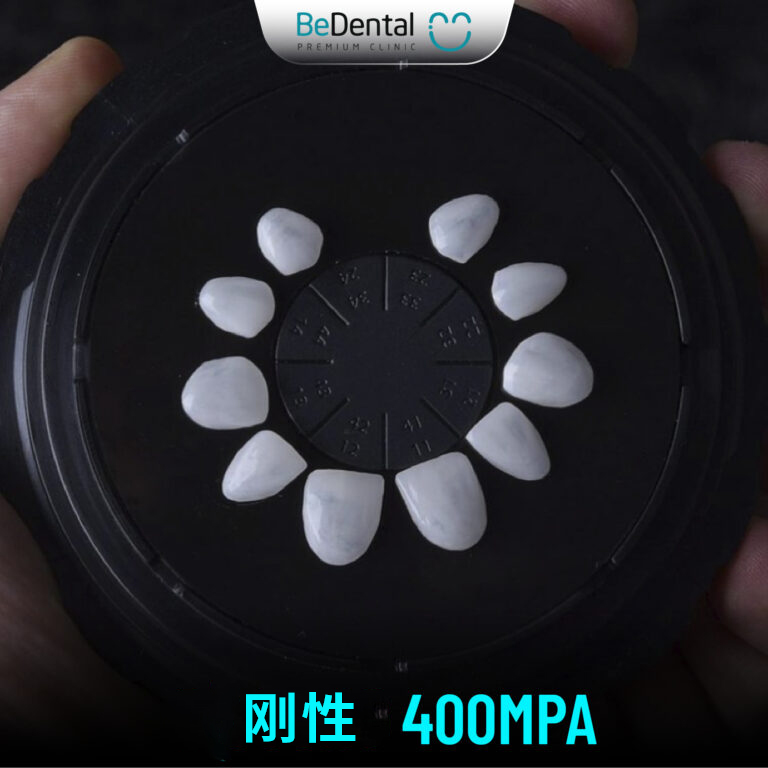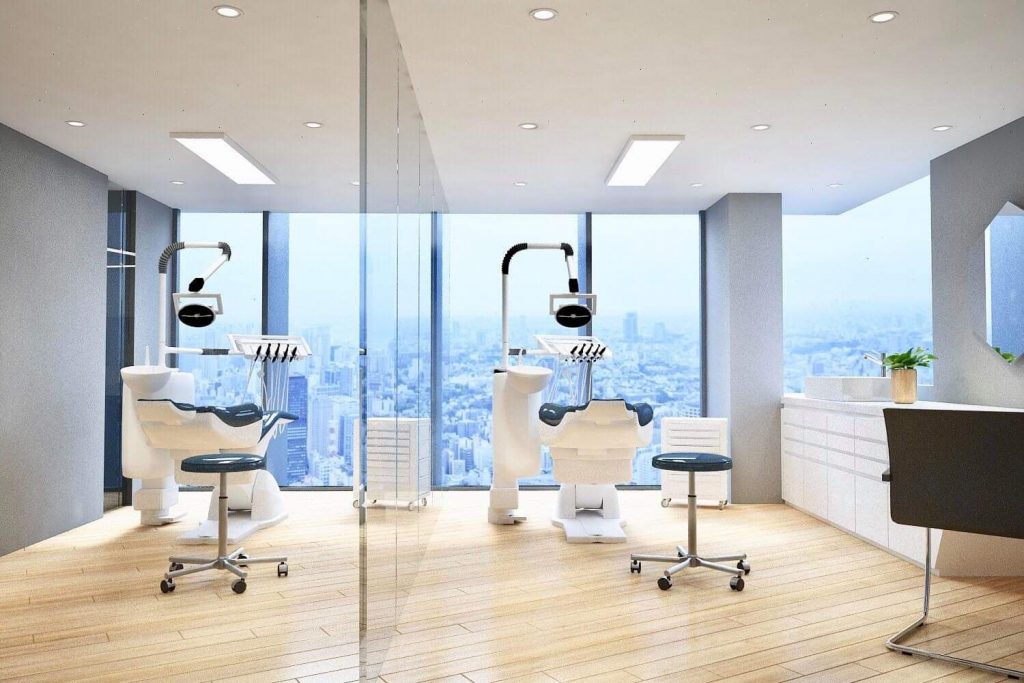
Root canal treatment (also known as endodontic treatment) is a process of removing damaged tooth pulp, sealing the canal and restoring the tooth, avoiding the need for tooth extraction. The tooth pulp is considered the “heart” that nourishes healthy teeth, so when the tooth pulp has any problems, it needs to be examined and treated immediately.
WHAT IS ROOT CANAL TREATMENT?
The dental pulp is an organization consisting of blood vessels, nerves, etc. that are connected to each other to nourish the teeth. During the process of eating and drinking, if the teeth are not cleaned properly, it will create an environment for bacteria to grow, causing tooth decay, cracks, and pulpitis. In addition, pulpitis can also be caused by a number of other reasons such as: teeth infected with chemicals, sudden changes in environmental pressure, etc.
Teeth with pulpitis will cause pain and discomfort for the patient. Many patients often use pain relievers on their own, but this method is only temporary and is not good for their health in the long run. Patients need to go to the dentist to have their pulp thoroughly treated. Instead of removing teeth with pulpitis, removing the pulp will help preserve the patient’s real teeth. At the same time, the problems of sensitivity and pain are also eliminated.

Pulpitis goes through many different stages. Based on the following signs, patients can judge the level of their pulpitis:
- Recovering pulpitis: this is the earliest stage of pulpitis, there will be mild pain along with a feeling of tooth sensitivity when exposed to hot and cold.
- Chronic pulpitis: there is often persistent pain, especially in the early morning and at night, every movement of the tooth increases the pain.
- Acute pulpitis: when there is severe pain, especially when chewing on the painful tooth or eating hot or cold food.
- Pulp necrosis: this is a condition of dead pulp, does not cause pain and will gradually progress to apical periodontitis (pus, abscess and leakage into the gums).
When one of the above signs appears, patients should go to the dentist as soon as possible. Root canal treatment at the beginning stage will be easier and leave fewer complications
WHEN IS THE ROOT CANAL TREATMENT NEEDED?
1. The tooth is infected and dying
The pulp helps to stop the infection. While the outer surfaces of the tooth are hard, the pulp inside is made up of living tissue and soft tissue. These living tissues sometimes become infected (through internal decay, cracks in the surface of the tooth) and the pulp begins to die. When this happens, you should have a root canal treatment to stop the infection, prevent it from spreading to other teeth, and stop the pain.
2. Stop the pain
Root canal treatment does not increase the pain, but helps you control and reduce the pain. When detected and treated early, you will not feel pain.
3. The pulp will not heal itself
When you ignore treatment, in some cases the pain may go away on its own, but this is not a good sign because it shows that all the nerves inside are dead. The infection gradually spreads inside like smoldering coals in a fire.
4. The condition will worsen if root canal treatment is not performed promptly
Leaving it untreated will cause bacteria inside the root canal to move to the tooth root and into the soft tissue of the gums and jaw. This can cause a systemic infection, which can lead to the risk of more serious diseases such as stroke, heart disease, etc.
5. Root canal treatment can save the tooth
Not treating the root will cause pain, infection and lead to tooth loss. When a tooth is lost, it can lead to a series of other problems such as cavities in the remaining teeth, gum disease, bite problems, etc. and other health problems.

QUY TRÌNH ĐIỀU TRỊ TỦY TẠI BEDENTAL

Step 1: Examination and X-ray
The doctor will conduct a general examination of the oral condition, using an X-ray machine to determine the location of the tooth with pulpitis, the level of pulpitis and clarify the cause of pulpitis. Finally, the doctor will give an overall assessment of the patient’s oral health and develop a specific treatment plan.
Step 2: Anesthesia before root canal treatment
To reduce pain and soreness for the patient, the doctor will perform local anesthesia before performing root canal treatment. The anesthesia will wear off after the root canal treatment is completed, so it will not affect the patient’s daily activities.
Step 3: Proceed with root canal treatment
When the anesthesia has taken effect, the doctor will proceed with root canal treatment. The doctor will open a path on the tooth surface to the root canal, and the infected pulp area will be sucked out. After the pulp is completely removed, the doctor will reshape the root canal and fill the empty pulp chamber with Gutta Percha material.
Step 4: Root canal filling
After the pulp has been completely removed, the doctor will restore the tooth’s original aesthetics by filling or cosmetic porcelain crowns depending on the patient’s wishes and oral condition after completing the treatment.

COST FOR ROOT CANAL TREATMENT AT BEDENTAL
The cost of root canal treatment will depend on the location of the tooth and the procedures that need to be done with the tooth condition. Below is the price list for root canal treatment and endodontics at BeDental Dental Clinic. To know the exact cost for your tooth condition, please register for an examination with BeDental’s endodontist.

Q&A ABOUT ROOT CANAL TREATMENT
1. Tips for caring for teeth after root canal treatment
To help the newly treated tooth recover quickly, the following care and monitoring will help you protect and maintain the durability of the tooth that has been treated with root canal treatment:
• Avoid chewing for a few hours after root canal treatment to avoid chipping off the filling on the tooth. You can eat and chew normally when the root canal tooth has been protected by a crown.
• If you need to schedule 2 root canal treatments, you should eat soft foods to avoid putting pressure on the tooth that is undergoing root canal treatment.
• Brush your teeth gently, combined with the use of antibacterial mouthwash prescribed by your doctor.
• Regular check-ups as advised by your doctor to check the area of the filling, porcelain crown and maintain oral hygiene.
• Maintain oral hygiene with scaling every 6 months.
2. IS ROOT CANAL TREATMENT PAINFUL?
Patients with pulpitis will certainly not be able to avoid severe toothaches when eating or drinking or at night. Therefore, root canal treatment will help eliminate discomfort and protect teeth from bacterial invasion. With modern dental technology like today, patients can rest assured that root canal treatment will be completely painless. Before proceeding with the root canal, the doctor will also perform local anesthesia and prescribe painkillers after the treatment, so patients do not have to worry about pain at all.
ĐỘI NGŨ BÁC SĨ CÓ KINH NGHIỆM CAO
10,000+ CUSTOMERS
FIND THEIR SMILES EVERY YEAR



ƯU ĐÃI NGÂN HÀNG & TRẢ GÓP RĂNG SỨ MIỄN LÃI
























